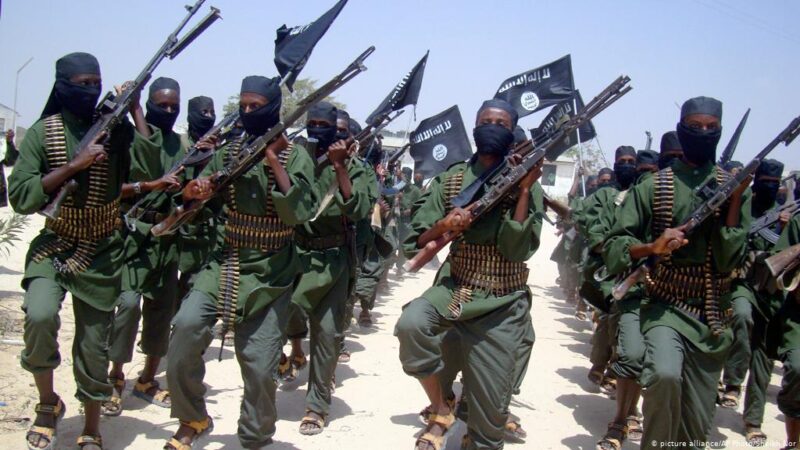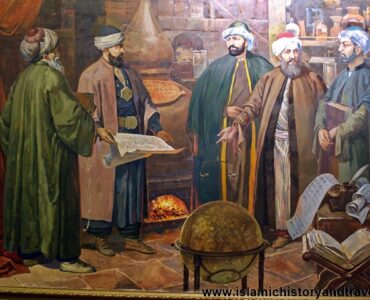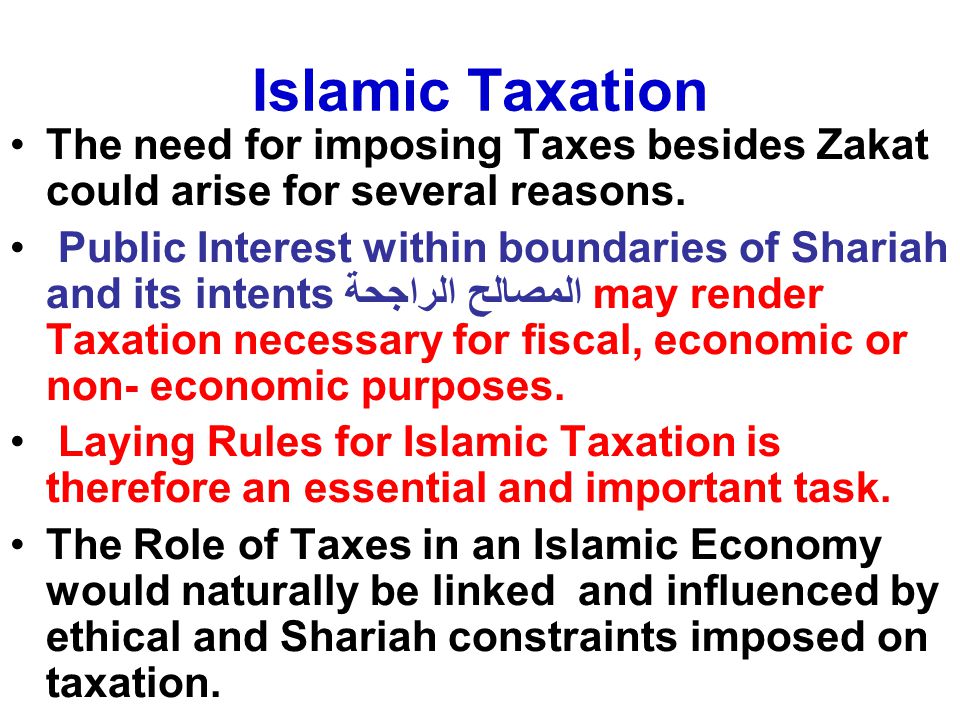
Al-Shabaab:
Striking Terror Throughout The Horn And Eastern Africa

East/Horn of Africa
Background
Also Known As (aka)
the Harakat Shabaab al-Mujahidin (HSM); — al-Shabab; Shabaab; — the Youth; —Mujahidin al-Shabaab Movement; — Mujahideen Youth Movement; — Mujahidin Youth Movement; — al-Hijra, Al Hijra, Muslim Youth Center, MYC, Pumwani Muslim Youth, Pumwani Islamist Muslim Youth Center.
History
descended from Al-Ittihad Al-Islami, a Somali terrorist group whose leaders fought in Afghanistan in the 1990s and formed circa 2003; has operated as a core al-Qaeda affiliate since 2012; was the militant wing of the former Somali Islamic Courts Council that took over parts of Somalia in 2006; since the end of 2006, has engaged in an insurgency against the Government of Somalia and supporting foreign military forces and a campaign of violence against Somali civilians; responsible for numerous high-profile bombings and shootings throughout Somalia, and more than 3,000 civilian deaths since 2015; has influence in large areas of rural Somalia through coercion, control over local economies and commercial transit points; provides rudimentary government services in areas under its control, including rule of law through shari’a courts, shari’a-based institutions and schools, funding, services, security, and food; in July 2022, it launched an incursion into Ethiopia with several hundred fighters; continued to conduct attacks in Somalia in 2024, particularly in the central and southern regions, as well as the capital, Mogadishu; also was engaged in heavy fighting with the Somali military, which claimed to have re-taken considerable amounts of territory from the group.
Goals
discredit, destabilize, and overthrow the Federal Government of Somalia; establish Islamic rule in Somalia and the border regions of Somalia-Kenya and southern Ethiopia; drive out Western influence.
Leadership & Organization
Al-Shabaab has a centralized command structure and is currently led by Sheikh Ahmed Umar (aka Ahmed Diriye), who took over as leader following the September 2014 death of long-time emir, Ahmad Abdi Aw Muhammad Godane. led by Ahmad DIRIYE (aka Abu UBEYDAH/UBAIDAH, Abu Ubaidah DIREYE, Ahmad UMAR) since September 2014; DIRIYE reportedly directs both an executive council and a shura (or consultative) council; the executive council runs the group’s operations and is made up of committees, ministries, departments, or wings, including for finance, intelligence and security (Amniyat), media/propaganda, politics, education, judicial matters, religion, logistics, explosives (Sanaaca), and military operations (Jabhat), as well as regional commanders or shadow governors in areas that al-Shabaab controls; each regional division has sub-offices or wings, including for police/security and taxation; has shown the ability to mobilize and coordinate significant numbers of fighters for large-scale ground attacks; in 2024, had reportedly formed a pan-East African force of foreign fighters known as Muhajirin.
Links To Other Terrorist Organizations
Al-Shabaab is an officially recognized affiliate of al-Qaeda, which is a listed terrorist organization under Australia’s Criminal Code.
On 9 February 2012, a publicly released video by al-Shabaab leader Mukhtar Abu al-Zubair pledged al-Shabaab’s allegiance to al-Qaeda. In the video, Ayman al Zawahiri also announced al-Shabaab had joined al-Qaeda. On 6 September 2014, al-Shabaab officially reiterated its allegiance to al-Qaeda and al Zawahiri.
While al-Shabaab largely operates independently, al-Qaeda senior leadership has previously supported some al-Shabaab activities.
Key Facts
People Killed: 29,500
Attacks: 10,811
Fighters: 4,000 to 9,000; Including 1,500 foreign fighters. Due to travel restrictions to Somalia, the militant group relies on the kidnapping of children and youths for reinforcement.
Where: Somalia, Kenya
Active base: Southern and Central Somalia (Lower Shabelle, Jubaland and Gedo regions), Kenya (Northern Kenya – Garissa, Mandera and ŷLamu counties), Nairobi.
Founded: 2006 officially became an independent group; 2000 formed as part of United Islamic Courts (UIC).
Goal: Overthrow the Somali Government and install a radical Islamist government ruled under a strict interpretation of the Qur’an, and to create a “Greater Somalia” region which unites the Somali people divided into four countries.
Membership & Recruitment: Al-Shabaab members range from those focused on the domestic insurgency in Somalia to elements that support al-Qaeda global jihadist ideology. The number of al-Shabaab members vary from 5,000 to 14,000.
Most members are ethnic Somalis from Somalia and Kenya. However, a small number of members are from other countries, including Western nations.
Al-Shabaab recruits widely within Somali society, predominantly spreading its message through Radio al Andalus. Al-Shabaab also recruits internationally from within the Somali diaspora using propaganda campaigns, which are often in video format. Al-Shabaab has posted increasingly sophisticated videos online, including videos with English subtitles — most via its al-Kata’ib media platform.
Areas Of Operation: Holds large swathes of southern and central Somalia; active in Mogadishu and northern Somalia; has conducted operations in Ethiopia, Kenya, and Uganda; mounted armed incursions into Ethiopia in 2022 and 2007.
Targets, Tactics, & Weapons: Al-Shabaab’s main target is Somali Government and military, as well as their allies, i.e., AMISOM, the US, EU and Turkey. Somali Government officials, military units, police, and civilians, international aid workers, journalists, foreign troops (including US, African Union), and neighboring countries contributing to military stabilization operations in Somalia, particularly Kenya and Uganda; has attacked hotels, schools, military bases, police stations, shopping areas, and telecommunications towers in Kenya; has clashed with an Islamic State faction operating in northern Somalia; methods include assassinations, drive-by shootings, ambushes, suicide bombings, hostage taking, armed drone attacks, indiscriminate attacks on civilians, roadside improvised explosive devices (IEDs), mortar and rocket-propelled grenade (RPG) attacks, and complex ground assaults, including some involving multiple suicide bombers, followed by an assault by members carrying small arms and explosives; in 2022 and 2023, for example, it conducted two ground assaults involving vehicle-mounted bombs and hundreds of militants on international military peacekeeper bases that killed more than 50 troops in each incident; has placed vehicle-mounted bombs in high-density urban areas, including attacks in Mogadishu in October 2022, December 2019, and October 2017 that together killed over 700 civilians; typically armed with small arms, light and heavy machine guns (including truck-mounted machine guns), landmines, mortars, RPGs, IEDs, man-portable air defense systems, and unmanned aerial vehicles/drones.
Strength: Estimated in 2024 to have 7,000-12,000 fighters.
Financial & Other Support: Over the years, al-Shabaab has had many streams of income including extortion, manning checkpoints, selling charcoal and other illicit contrabands, donations from wealthy families in the Gulf countries. Al- Shabaab derives some of its financing from taxing communities in areas it controls, and private fundraising activities outside of Somalia. Al-Shabaab also demands protection money from Somali-based businesses, and conducts its own business activities, obtains funds primarily through extortion of businesses, taxation, and zakat (religious donations) collections from the local populations, robbery, and remittances and other money transfers from the Somali diaspora (although these funds are not always intended to support al-Shabaab members); estimated that the group generates $100-$150 million annually; probably receives training, arms, and bomb-making materials from other al-Qaeda branches; has captured arms, ammunition, and other materiel from regional and Somali military forces; also purchases arms and ammunition through black markets; operates military training camps in areas it occupies.
Designation: Placed on the US Department of State’s list of Foreign Terrorist Organizations on 18 March 2008.
Links To Other Terrorist Organizations: Al-Shabaab is an officially recognized affiliate al-Qaeda, which is a listed terrorist organization under Australia’s Criminal Code.
Losses And Struggles
Somali jihadist group, al-Shabaab, has become synonymous with terror throughout the Horn and Eastern Africa since it splintered from its original group, the United Islamic Courts (UIC), in 2007. While part of the UIC, al-Shabaab operated as the armed wing of the group. For the intelligence community and Somalia’s neighboring countries, al-Shabaab became an imminent threat when they successfully expelled Somalia’s Transitional Federal Government (TFG), with the support of the UIC, from Mogadishu, the capital of Somalia and the seat of government, in 2006. The seat of government was moved to Baidoa, while the majority of the Cabinet and Members of Parliament (MPs) moved to neighboring Kenya or the Gulf States and Scandinavian countries.
Though their victory in Mogadishu was short-lived, lasting only a month, due to a military invasion by Ethiopia, with the support of the United States (US) as part of the War on Terror campaign, al-Shabaab still posed a threat to Somalia and the neighboring countries. By the time the African Union Mission in Somalia (AMISOM) troops were authorized by the United Nations Security Council (UNSC) and deployed by and its troops, as well as other warlords and clan militias, fought against each other for control of territory.
The defeat under the hands of the Ethiopian military forced al-Shabaab to change its tactics. The jihadist group, which became a fully-fledged independent group in 2007, moved its operations to the port city of Kismayo, in Southern Somalia, with support of Sheikh Mukhtar Aby Zubayr, aka Godane who became the leader or Emir of the group al-Shabaab transformed themselves into a jihadist and nationalist group that seeks to create an Islamic Caliphate in all traditionally Somali land which includes Somalia, Ogaden region in Ethiopia, Northeastern Kenya and Djibouti, as well as Somaliland and Puntland regions in Somalia. The group tapped into the anti-Ethiopian sentiment that was rising as a result of the presence of Ethiopian troops following their invasion. Many Somalis see Ethiopia as a colonial power that is still in control of historically Somali land. The presence of the African Union Mission in Somalia (AMISOM) troops in Mogadishu from February 2007 fed into the anti-foreigner sentiments that al-Shabaab exploited to get recruits.
Over the past seventeen years (2007 to present), al-Shabaab has grown into a fully-fledged insurgency with the ability to conduct attacks inside and outside Somalia, with thousands of innocent civilians killed. Within Somalia, the militants have sustained assaults on government forces and their allies, i.e., AMISOM, US and EU troops. They have also attacked checkpoints and restaurants frequented by civilians as a way to gain international media attention. Moreover, some of the improvised explosive devices (IEDs) target government and military posts have killed and injured innocent civilians. Though al-Shabaab has maintained its terror campaign in Somalia, the group has lost the majority of the territory that it used to control. Outside the country, Al-Shabaab has conducted attacks in Kenya, Uganda, and Ethiopia, all Troop Contributing Countries (TCC) of AMISOM. Most of the targets have been soft targets, i.e., restaurants, malls and schools/universities, also with the intent to capture an international audience with their acts of terror.
The threat of al-Shabaab to Somalia was quickly anticipated by neighboring countries and the African Union (AU). The AU mission, AMISOM, aimed to counter the threat of the extremist group while extending the territorial influence of the government. Over the past thirteen (13) years, AMISOM and the Somali National Army (SNA), have successfully “liberated” major cities and towns from al-Shabaab including Mogadishu, Kismayo, Baraawe, Baidoa and Marka are under the control of the Federal Government of Somalia (FGS). Though the government and its allied forces have done a tremendous job to capture cities and towns of economic uimportance to Al-Shabaab, the group has demonstrated that they are resilient. The group has sustained a terror campaign in Somalia and the neighboring countries, but predominantly Kenya. Additionally, the group has moved from buying high-grade explosives abroad to making their homemade bombs. The resilience of the extremist group Al-Shabaab should be awake up call to the Somali government and its allied forces to change tactics to suit the changing nature of warfare in the country.
On 9 February 2012, a publicly released video by al-Shabaab leader Mukhtar Abu al-Zubair pledged al-Shabaab’s allegiance to al-Qaeda. In the video, al-Qaeda leader, Ayman al Zawahiri, also announced al-Shabaab had joined al-Qaeda. On 6 September 2014, al-Shabaab officially reiterated its allegiance to al-Qaeda and al Zawahiri.
While al-Shabaab largely operates independently, al-Qaeda senior leadership has previously supported some al-Shabaab activities.
Details Of The Organization
Al Shabaab is a religiously motivated violent extremist organization based in Somalia. The group is an officially recognized affiliate of al-Qaeda, adhering to al-Qaeda’s global anti-Western jihadist narrative and promotion of sectarian violence against those who do not agree with its extreme religious interpretation. Al-Shabaab’s primary local objective is the establishment of an Islamist state in the Horn of Africa based on Shari’a law and the elimination of secular and foreign influence, including through violent means.
Currently, al-Shabaab controls territory in southern Somalia. However, this is fluid and frequently changes depending on United Nations African Mission in Somalia (AMISOM) counter-terrorism activity and troop movements.
In 2006, al-Shabaab emerged as the most prominent militia group within the militant wing of the Council of Islamic Courts. The Council of Islamic Courts was a group of Shari’a courts in Somalia who united to form a rival administration, but was ousted in December 2006 by the Somali Transitional Federal Government and Ethiopian forces.
Following this, al-Shabaab established itself as an oppositionist government and insurgency fighting for the overthrow of the Somali Transitional Federal Government and for Shari’a law to be installed in Somalia.
Between January 2009 and 2011, al-Shabaab controlled the majority of Somalia. In 2011, al-Shabaab was forced from Mogadishu and much of southern and central Somalia through renewed military intervention by both Kenyan and Ethiopian forces.
Al-Shabaab: A Timeline Of Atrocities
Section 1400: Terrorism Links: Groups & Individuals
Al-Shabaab: Striking Terror Throughout The Horn And Eastern Africa
Last Update: 09/2024
See COPYRIGHT information below.



